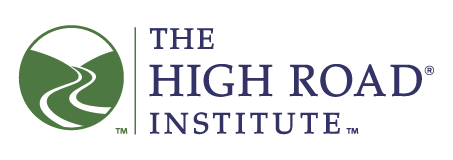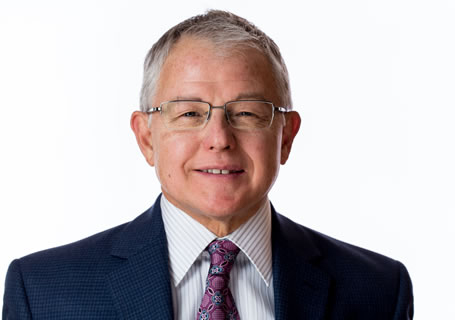Employers cannot find employees and it will get worse before it gets better. The national restaurant trade group recently announced that their industry would need 500,000 more workers just to get “business back to normal.” Where these workers will come from, no one knows.
This article series will provide a leadership perspective of what your organization can do ASAP to deal with this worsening situation. Since this is likely affecting you, I want to provide you with concrete solutions on what you can do to minimize the damage that this employee shortage can cause. After I provide a high-level strategy, I propose one or two tactics.
Strategy 2: See and Pay Attention to the Interconnections
One major reason that business is not back to normal is that the disruption to one business model and industry experienced impacted two or three more.
Hotels had to reduce capacity and increase protections for guests from getting COVID. This impacted not only their housekeeping teams, but it also impacted outsourced cleaning services, their suppliers of food and sanitary products, and the amusement and tourist industries in their community.
When the demand for new cars declined in 2020, the US Automakers cut production. The chip maker of a certain computer chip that goes in cars altered its production schedules too. But when the demand for trucks surged, there were not enough chips. This has led to the bankruptcy of car dealerships and a lack of inventory at other dealers. This led to a huge demand for used cars and the price of certain popular models is 20-50% higher. This has made companies like Vroom and Carvana mainstream.
With time on their hands while working from home or ‘quarantined’, many families cleaned out closets, overwhelming the thrift stores with donation. Many families invested in remodeling, causing a shortage of lumber, appliances, and hand tools. With no need to dress for then office, people quit wearing workplace clothing and the stores ran out of active wear. Peloton and similar products had more orders than inventory. The demand for veterinary services is outstripping supply because staying at home created the opportunity for many to adopt pets.
All these changes (and more) occurred because people changed their behaviors, and no one predicted that. Behaviors changes such as these will continue for the foreseeable future.
Leadership SOLUTION – In whatever plans the leadership team is making, they need to consider in those plans the Ripple Effect. Mentally throw a brick in a calm body of water and as you imagine the waves moving away from the impact zone, see those as those who would also be impacted of you had to shut down again, or your business grew by 50%.
Make a large chart with at least 5 concentric circles, each one larger. In the smallest circle enter your organization and your main product or service. In the next largest circle, enter identifiers for your primary customers on the top half and your primary suppliers on the bottom half. This second circle represents those who you impact and those who impact you.
On each successive circle, brainstorm both who impacts them and who they impact. The more complex your business model is the more circles you will have.
Example: you are a grocery store and meat are a primary product. On the 2nd circle you would list meat eaters and the meat distributor. Who impacts the meat distributor? The packing houses. The cattle farmer. The shippers. The truck drivers. The farmers who provide the feed for the cattle. The companies that supply seed and fertilizers. The laborers who maintain the farms and ranches.
In this analysis you will understand how one major impact on anyone of these groups will impact someone else who will impact someone else.
Ron Rael Leadership Provocateur, is a keynote speaker, consultant, and author.
Follow Ron on Twitter: @leaderexpert
Schedule a Call with Leadership Expert, Ron Rael


